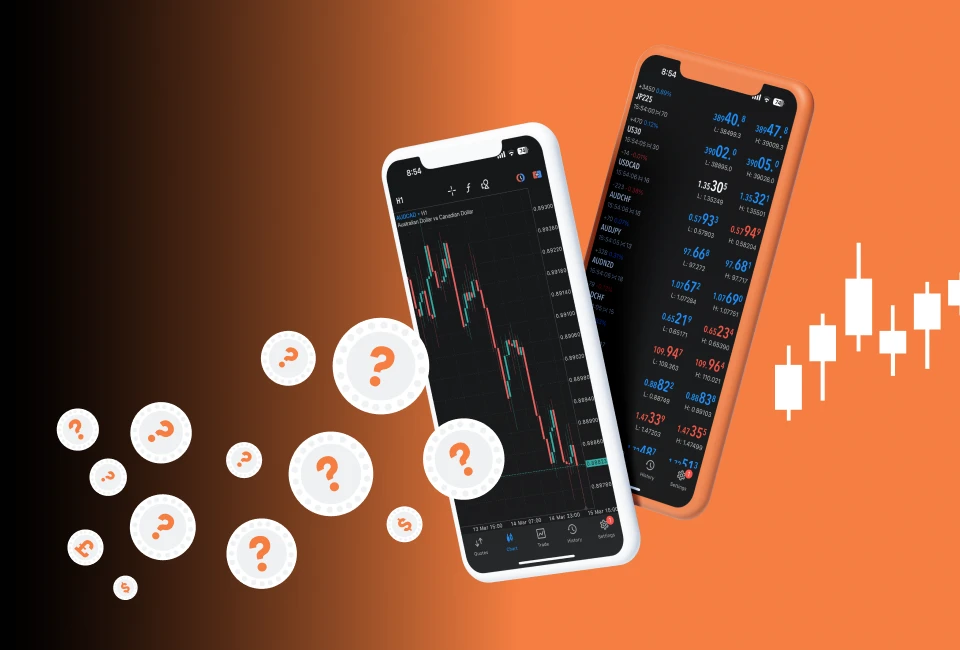
In a standard trading setup, a firm would derive its income on a commission or percentage basis from acting as a broker on behalf of its clients. The client is using their own funds to place trades – and that’s a major difference between a brokerage model and prop trading.
In the case of prop trading, the firm is using its own funds, so it earns 100% of any profits or losses that it makes.
The trader makes their money from an agreed share of any profits that they make. In the case of the OANDA Labs Trader Challenge, the allocated funds are virtual – but the prop trader gets a genuine share of up to 90% any profits they make.

Funding level
Prop trading usually gives traders access to a higher level of capital than they would normally have available for trading. This offers the opportunity for higher levels of profit.

Technology and market data
Prop trading firms normally include access to their tools, technology and market data as part of their programs. These would usually be too costly for many potential traders.

Low-risk learning
Trading can be challenging. Prop trading can offer learning opportunities for traders of any level as the cost for participating is limited to the fee the participant pays to take the challenge.

Increased oversight
OANDA wants to make sure that the traders who generate signals are qualified for the program. Risk limits and rules are in place to make sure traders who qualify to become signal providers are producing usable, valuable trading information.

Your income depends on your skill
Successful trading at any level depends on the skill of the trader. A prop trading firm may supply you with the tools and tech to help you build your strategies, but you have to evolve them and make them work.

It might not be for you
Not everyone is cut out for trading. It’s a competitive environment and there’s a lot to learn.
